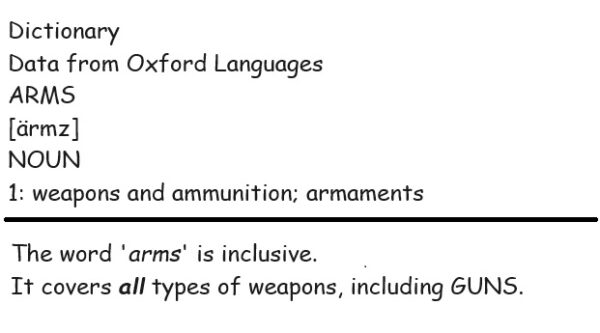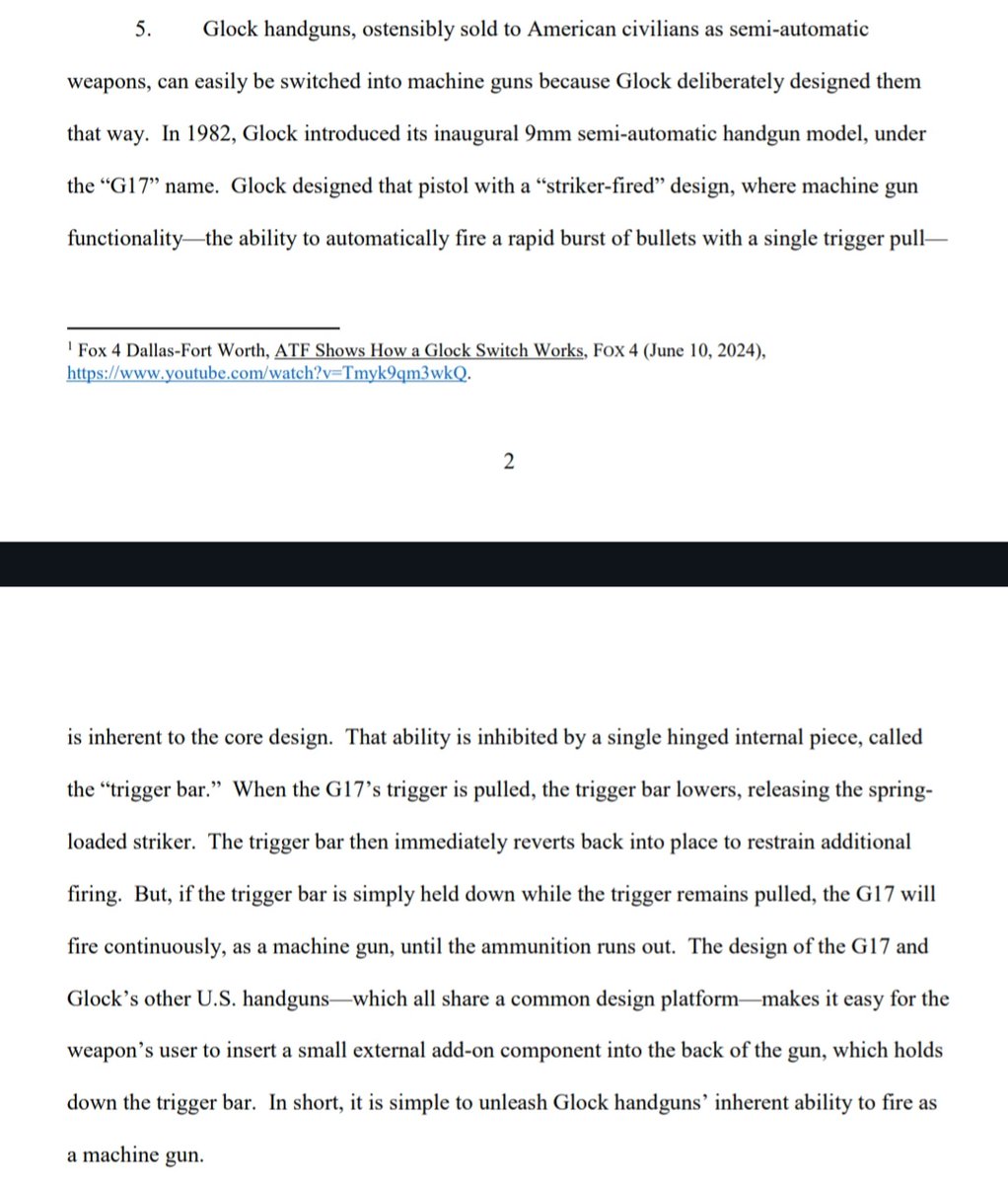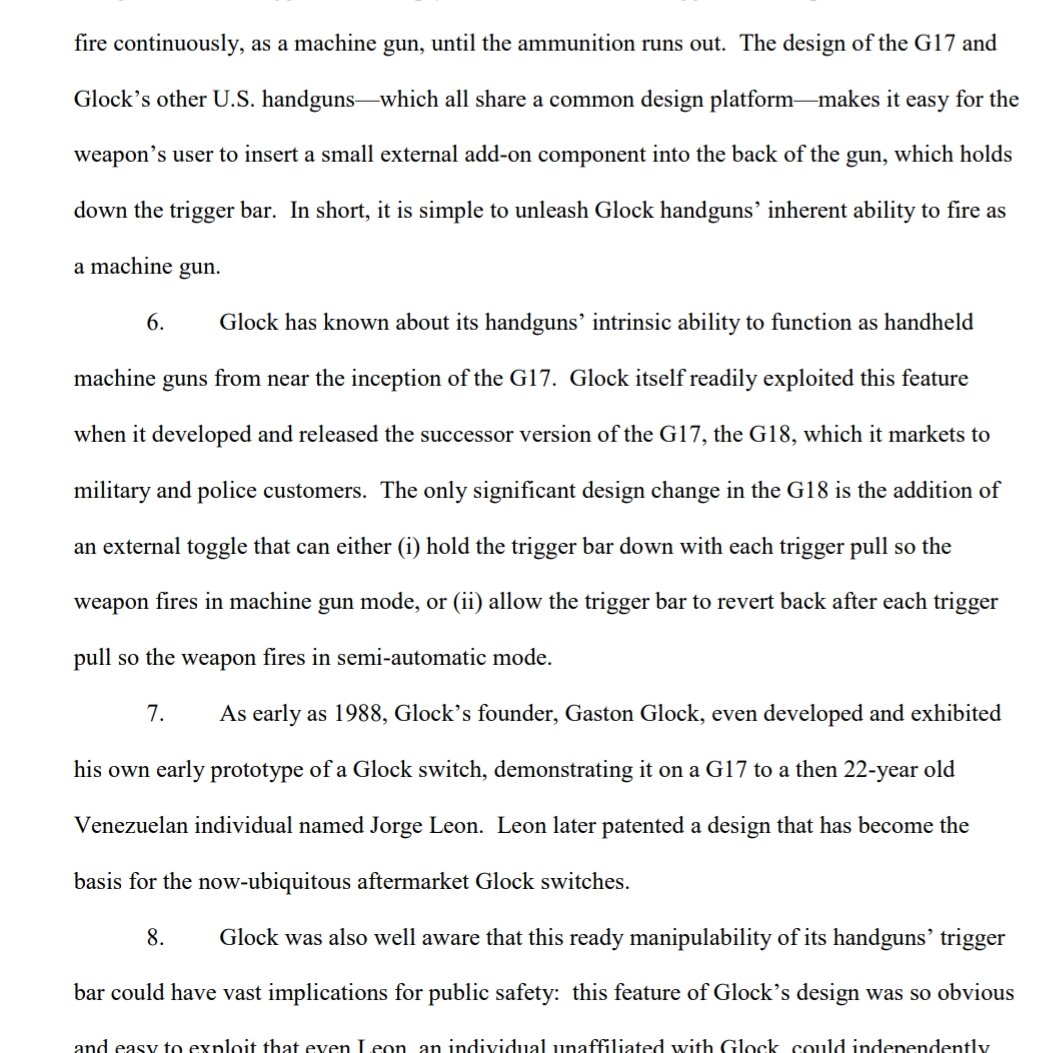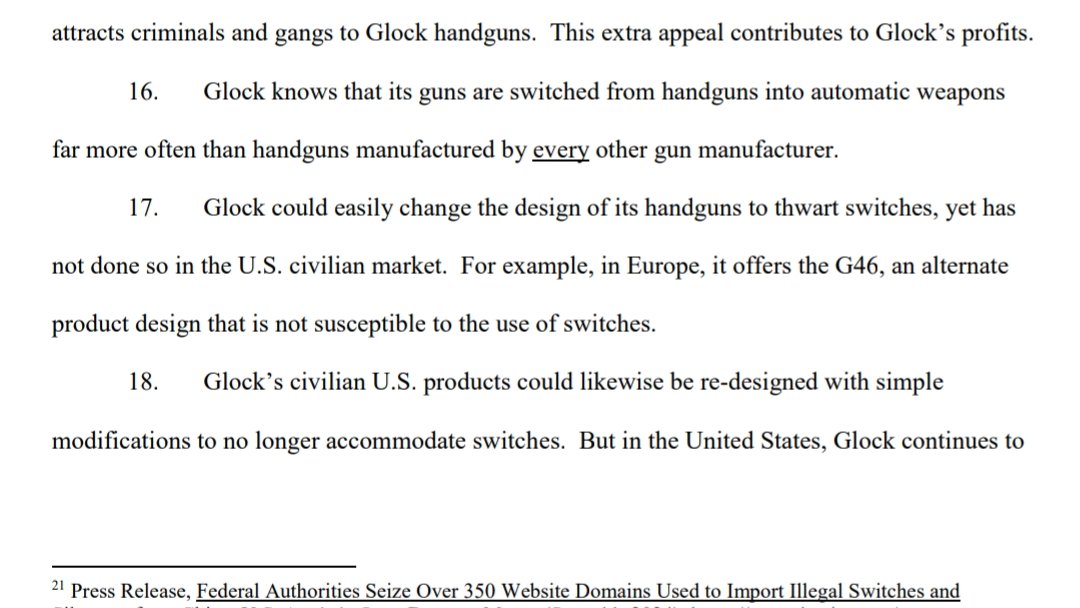Inside the mind of the politically violent
Starting in 2016, how many of us heard the phrase “bash the fash” or “punch a Nazi” somewhere? I know I heard it or saw it all over the place. Those who espoused such things argued that this kind of thing was acceptable because the threat was so dire. They had every right to resort to violence in the face of what they argued was violence.
Of course, no one actually did anything to hurt them, but it didn’t matter because they’d already rationalized it in their minds.
Most of those who said it were big on talk, short on action. That’s probably for the best, really, because most of those couldn’t fight their way out of a wet paper bag.
But now, with Trump’s return to the White House, I expected to hear a repeat of those mantras. I really haven’t, all things considered.
Instead, the violence is real, not rhetoric.
And while the firebombings and attempted assassination make the bigger news, even more pedestrian assaults happen, and we’ve got a glimpse inside the mind of one of those attackers.
WSU student Jay Sani said he was attacked by instructor Patrick Mahoney and Gerald Hoff after Mahoney forcibly took his red Trump hat which read “Trump 2024 Take America Back.” The altercation reportedly occurred outside The Coug, a well-known campus bar, and was captured on surveillance cameras.
According to Sani, Mahoney ripped the hat off his head and taunted him by saying “Go get it, b***h,” before repeatedly punching him in the back. Hoff then kicked Sani several times, while Mahoney grabbed him by the chest and slammed him to the ground. Sani said he was left with multiple bruises.
Pullman police located and interviewed Mahoney and Hoff within hours. Both men admitted to the attack.
Mahoney told police that he had seen Sani on campus before and knew he was a “right-wing dude.” He admitted that he grabbed his hat, threw it, and said “Go get it.”
Hoff admitted, “We did grab him and threw him to the ground.”
Despite their admissions, Mahoney claimed he did not hit Sani and said he didn’t believe he had done anything illegal. Police, however, emphasized that the incident involved unwanted physical contact. Mahoney also blamed Sani, telling officers he “got what’s coming to him.”
Sani only came forward now because it looks like Mahoney might be reinstated, even after assaulting a student.
What’s interesting to me, though not surprising, is the argument that Sani “got what’s coming to him” simply because he wore a Trump hat.
Note that nothing we see here that these two said to the police really contradicts anything of relevance. They say they didn’t punch Sani, which isn’t surprising since it’s clear they figure that’s what assault is, but they admit to throwing him on the ground. They admit to taking his hat and throwing it, telling him to go and get it like he’s a dog.
They admitted to everything needed to justify charges, and they did it because they felt completely justified. They even told the police Sani “got what’s coming to him” simply because he was a Trump supporter.
In the mind of the leftist, everything they want to do is righteous, and anyone who opposes it is evil. They believe anything necessary to achieve their goal is good and just, including blatant assault over simply supporting the “wrong” guy for president.
Sani didn’t do anything. There’s no evidence he said anything. Even if it did talk smack, that’s grounds for talking smack in return, not snatching his property and assaulting him.
Now, let’s think about things like the vandalism of Teslas, the attacks against Tesla dealerships, the Trump assassination attempts and plots, the attack on the Pennsylvania Governor’s Mansion, and whatever other insanity is yet to come.
These people all believe what they’re doing is righteous, that they’re the ones in the right, and everyone who opposes them is aligned with the forces of evil. The guy who attacked the governor’s mansion, for example, claimed that he was justified because of what Gov. Josh Shapiro—a Democrat, it should be noted—wanted to do to the Palestinian people.
They have decided that elections only have consequences when they win, and they will be the consequences when they lose. They’re ready to destroy each and every one of us if given half the chance.
Hell, look at Taylor Lorenz fangirling over Luigi Mangione. Yes, I get that there are a lot of people who have absolutely no sympathy for Magione’s alleged victim, but she crossed an insane line, not by just shrugging off a bad person dying, but by celebrating his murderer as if he’s the messiah or something.
As I noted over at Townhall, people like Taylor Lorenz are why I carry a gun. People like Mahoney and Hoff are, too.
Sooner or later, one of these leftist nutjobs is going to go beyond a simple assault and try something else.
They deserve the Kyle Rittenhouse Special, and they deserve it good and hard.











